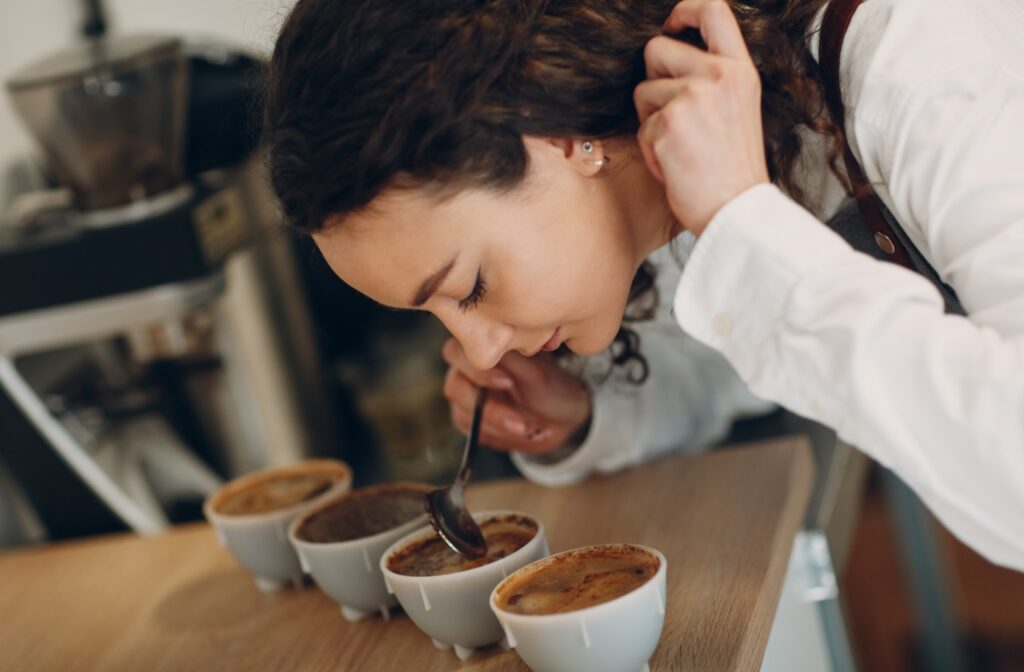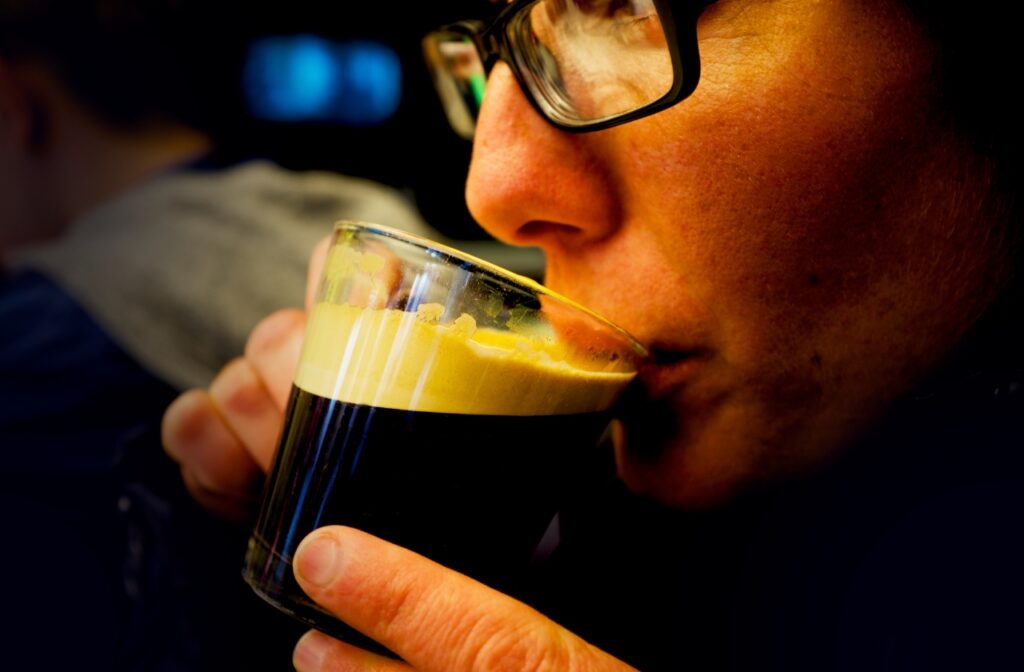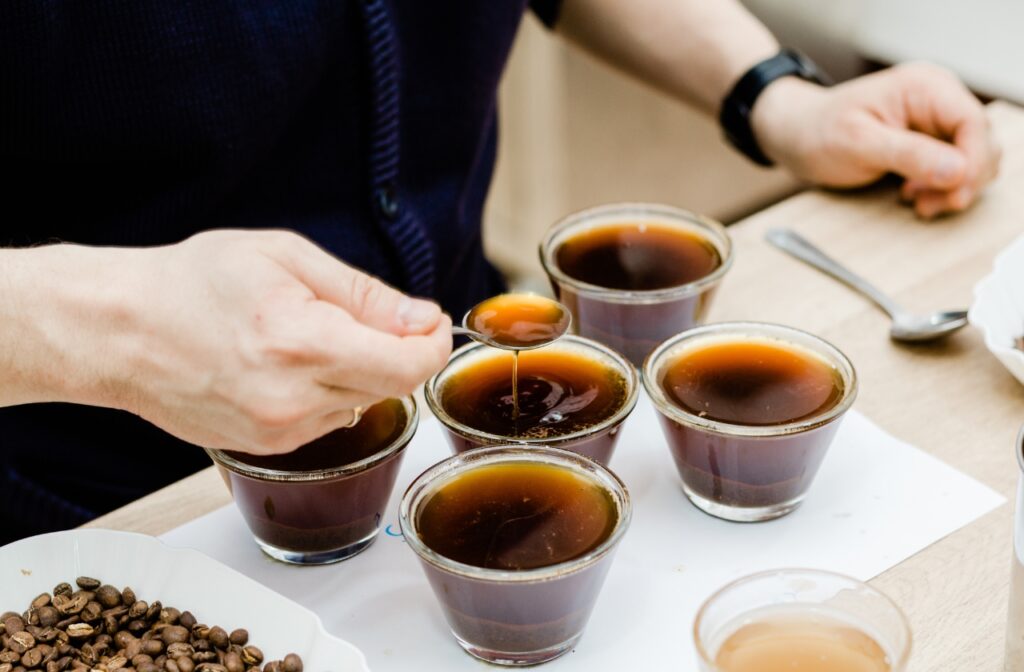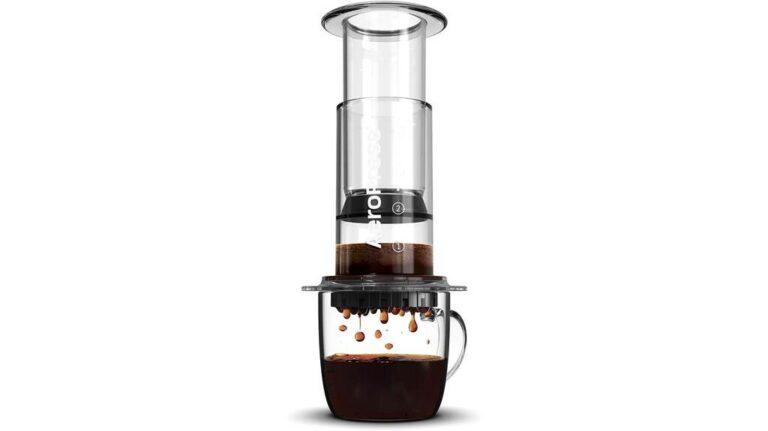Unleash Your Inner Coffee Connoisseur: A Beginner’s Guide to Coffee Tasting
Coffee tasting is an immersive experience that goes beyond day-to-day consumption. It’s an art that involves engaging all your senses to fully appreciate the complexities of coffee. We will show you how to savor every drop by understanding its flavor profile, aroma, and body.
To conduct a coffee tasting, begin by smelling the coffee to identify its aroma. Then, sip it to evaluate its acidity, body, and flavor. Take notes of your impressions using descriptive language to capture the coffee’s unique characteristics.
As you begin on this journey of coffee discovery, you’ll find much to uncover about what makes each brew distinct. Learning to distinguish the flavors in coffee, from the bold, robust flavors to the delicate, subtle nuances, is a process that takes time, patience, and persistence.
Understanding Coffee Qualities

We’ll begin our coffee tasting journey by delving into the essential qualities of coffee: aroma, acidity, body, and flavor. As connoisseurs, we’re not just sipping; we’re engaging in a full sensory assessment through coffee cupping, an established method that reveals the subtle nuances of coffee flavor profiles.
Inhaling deeply, we let the aromas envelop us. They’re the vanguard of the tasting experience, ranging from earthy and spicy to floral and fruity. These aromas set the stage for what’s to come, guiding us toward the coffee’s essence before it even graces our palate.
Acidity is our next focus, the zest that dances on our tongues. High-quality beans often exhibit a bright, desirable acidity that invigorates the senses, while a low acidity can offer a smooth, soothing sip.
We contemplate the body—the weight of the coffee as it settles on our tongues. It can be as light as a feather or as rich as cream, contributing to the tactile dimension of our tasting notes.
Weird Coffee Tip: The accuracy and consistency of your coffee grind is crucial for brewing a top-notch espresso. A high-quality grinder such as the CafeSing Orca will help you get repeatable, consistent grids for home brewing.
CafeSing Orca Hand Grinder: A Convergence of Craftsmanship and Coffee Mastery
Preparing for Tasting
Before starting our tasting session, let’s gather the necessary equipment and select a range of coffees to sample. We’ll need coffee tasting kits that include a variety of cup tasting tools, such as cupping spoons, designed to enhance our sensory experience. For those who prefer a chillier brew, we’ll include options for iced coffee tasting, ensuring a comprehensive exploration of flavors.
Our meticulous selection process aims to represent the full spectrum of coffee profiles. We’ll source from local roasters to offer an authentic coffee tasting near me experience. Here’s a visual guide to our curated coffee selection:
| Origin | Roast | Brew Method |
| South America | Light | Pour Over |
| Africa | Medium | French Press |
| Asia | Dark | Espresso |
| Central America | Medium-Dark | Cold Brew |
| Oceania | Light-Medium | Drip |
This table represents a strategic mix that will challenge our palates and expand our appreciation for the intricate nuances of coffee. We’re not just sipping coffee; we’re liberating our taste buds from the mundane, embarking on an analytical journey through the world of coffee. Each sip promises to be an enlightening discovery of the bean’s true essence.
Evaluating Coffee Aroma

As start evaluating coffee aroma, it’s essential that we’re attentive to the subtle scents released by our brew. The aroma of coffee is a precursor to its taste, a whisper of the richness that awaits our palates. We approach this sensory exploration with the precision of connoisseurs, exploring each coffee’s nuanced bouquet.
- Inhale gently and deeply to detect the primary notes—be they floral, fruity, or earthy. Different origins and roasts express unique aromatic profiles.
- Identify secondary aromas by searching for underlying scents that may hint at the coffee’s complexity. This could range from spicy undertones to a hint of nuttiness or chocolate.
- Consider the aroma’s intensity and persistence, as these qualities can greatly influence our overall perception and enjoyment of the coffee.
We analyze the aroma with the same care and dedication as an artist would regard their palette, knowing that these scents set the stage for the flavors that follow. It’s in these fragrant vapors that we find the first sign of the coffee’s character, and it’s here that our journey into taste truly begins.
Assessing Acidity Levels
While we’ve engaged our sense of smell to understand the coffee’s aroma, we must now turn our attention to its acidity, a lively characteristic that enlivens our taste buds. Assessing acidity levels is a fundamental part of coffee tasting. Acidity shouldn’t be mistaken for sourness; rather, it’s a bright, sharp quality that adds dimension and complexity to the cup.
Acidity is discerned acidity by focusing on the clarity and crispness it imparts, much like the zest in a fresh fruit. In coffee, a high acidity is often described as vibrant, with a mouthwatering sensation that dances on the palate. It’s most discernible on the tip of the tongue and can manifest as a citrusy, berry-like, or even winey note, depending on the bean’s origin.
Low-acidity coffees, on the other hand, present a more mellow, smooth experience. They often have a fuller, rounder mouthfeel, making them soothing and easy to drink.
We assess this vital attribute by sipping the coffee and letting it spread across the tongue. We’re not just savoring a flavor but liberating our senses to the full spectrum of taste, embracing the diverse and exquisite notes that high-quality coffee offers.
Determining Coffee Body

How do we gauge the body of a coffee during our tasting session? Focusing on the tactile sensation as the coffee coats our tongues is essential. The body is akin to the beverage’s texture, a key element that can deeply influence our overall impression. As we savor each sip, we note whether the liquid feels light and watery or rich and creamy.
To accurately determine the body, we consider:
- Texture: Is it silky, velvety, or perhaps thick?
- Weight: Does it feel heavy or light on the palate?
- Consistency: Is the body consistent from the first taste to the last?
We’re not just seeking a fleeting taste; we look for an experience that goes beyond the mundane. The body of a coffee can transport us to the very region of its origin, offering a liberating escape in every cup. Analyzing the body, we become attuned to the depth and complexity of the coffee, enhancing our appreciation for the skillful craft of its production.
It’s a manifestation of the bean’s journey from soil to cup, a narrative told through texture and weight, a tale of liberation from the ordinary to the extraordinary.
Identifying Flavor Notes
Start by pinpointing the distinct flavors of the coffee, such as notes of chocolate, berries, or nuts, to truly understand its unique profile. Assessing the taste requires a focused mind and a liberated approach to the sensory experience. We examine the coffee’s flavor spectrum by engaging in a ritual of deep inhalation and attentive sipping, allowing the subtleties to emerge.
As we navigate the nuances of each sip, pay attention to the coffee’s origin, as it imparts specific characteristics. African beans often burst with berry and citrus notes, while South American varieties may lean toward nutty or chocolatey essences. We’re not just drinking coffee; we’re embarking on a sensory journey that defies the ordinary and celebrates the complexity of each bean’s story.
We utilize tools like the flavor wheel to articulate our findings, seeking precision in our language to empower our palates. We’re not satisfied with vague descriptors. Instead, we seek to clarify each note, whether it be the bright acidity of a sun-dried Ethiopian or the earthy undertones of an Indonesian Sumatra. In doing so, we liberate our taste buds from the mundane, finding joy in discovering each layered flavor.
Comparing Different Coffees

Building on our coffee’s flavor journey we can compare different coffees to discern their unique characteristics and profiles. As connoisseurs seeking liberation through the nuanced world of coffee, we understand that each brew speaks its truth through:
- Aroma: Sniff the coffees, allowing the scents to paint vivid pictures in your mind. The aroma can be as revealing as a coffee’s origin story, with hints of chocolate, citrus, or floral notes.
- Acidity: Take note of the brightness or tartness that dances on the palate, recognizing that it gives each coffee its lively personality.
- Body: We focus on the mouthfeel, whether it’s velvety, syrupy, or light, understanding that it shapes our overall sensory experience.
When we compare different coffees side by side, we’re not just sipping on a beverage; we’re embarking on a sensory expedition. We pay attention to the subtleties in flavor, the way one coffee’s fruity note contrasts with another’s earthy undertones. We allow ourselves to explore the vast landscape of tastes, celebrating the diversity that each bean, region, and roast brings to our cup.
This is how we honor the craft of coffee tasting—by recognizing and appreciating every sip’s complexity and the freedom it represents in our continual pursuit of the perfect cup.
Refining Your Palate

In refining our palates, we’ll discover the subtle nuances that distinguish great coffees from the merely good. It’s not just about preference; it’s about understanding and articulating the complexity within each cup. As connoisseurs, we’re not simply drinking coffee, we’re engaging in a sensory examination, detecting every layer of taste and every note that dances upon our tongues.
| Aspect | Details to Explore |
| Aroma | Earthy, floral, fruity, nutty |
| Acidity | Bright, tart, mellow, wine-like |
| Body | Light, medium, full, syrupy |
| Flavor Notes | Chocolate, berry, citrus, spice |
| Finish | Clean, lingering, smooth, dry |
We must become intimate with the flavor wheel, using it as a guide to pinpoint specific tastes. We’ll train ourselves to seek out the origin stories spun within the beans—whether they whisper of volcanic soil or hint at the shade of tropical trees. Our lexicon will grow richer as will our enjoyment. We’re not just sipping; we’re learning to speak coffee.
In this pursuit, we’re striving for liberation from the ordinary. Each brew becomes a voyage, and we, the voyagers, discern not just quality but the very essence of every variety we encounter. Our palates, once refined, become the keys to unlocking a world brimming with nuanced pleasures.
Frequently Asked Questions
How Does One’s Personal Taste Preference Affect the Outcome of a Coffee Tasting?
We’ve found personal taste preferences greatly influence coffee-tasting outcomes, as they shape our perception of flavors, leading us to favor certain profiles that align with our unique palates and past experiences.
Are There Any Specific Health Considerations to Keep in Mind When Participating in a Coffee Tasting Event?
We’re mindful of caffeine sensitivity and potential allergies when we engage in coffee tastings, ensuring everyone’s health isn’t compromised while exploring different coffee blends’ diverse flavors and aromas.
How Can You Cleanse Your Palate Between Tasting Different Coffees to Ensure an Unbiased Evaluation of Each One?
We cleanse our palates with water or a neutral cracker to maintain an unbiased evaluation, ensuring each coffee’s unique profile emerges without the influence of the previous one’s lingering flavors.
What Role Does Water Quality Play in a Coffee Tasting, and How Can It Affect the Perception of the Coffee’s Characteristics?
Water quality is crucial in coffee tastings, as it directly impacts the brew’s flavor profile. Poor water can mask the coffee’s true characteristics, misleading our perception of aroma, acidity, and body.
Can the Time of Day Influence the Sensory Experience During a Coffee Tasting, and if So, What Is the Optimal Time for Coffee Tasting?
Our sensory perception peaks mid-morning, making it the prime time for tasting coffee, as it allows us to detect subtle flavors and nuances more distinctly.
Conclusion
We have explored the heart of coffee tasting, uncovering the layers that compose its complex profile. Together, we’ve honed our senses, distinguishing the elusive aromas, acidity, body, and flavors that define our brews.
We refine our palates as we compare different coffees, elevating our appreciation to an art form. Let’s continue to explore and savor the rich tapestry of coffee, celebrating the nuanced dance of tastes with each curated cup.
Cheers to our sensory journey.
-
Espresso Express eBook
R180,00 -
From Bean To Brew eBook
R450,00 -
Great Coffee, Made Simple
R0,00









